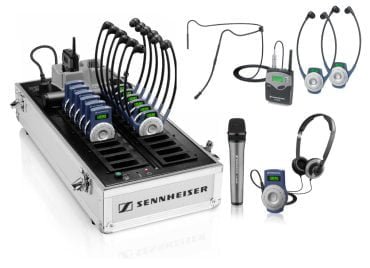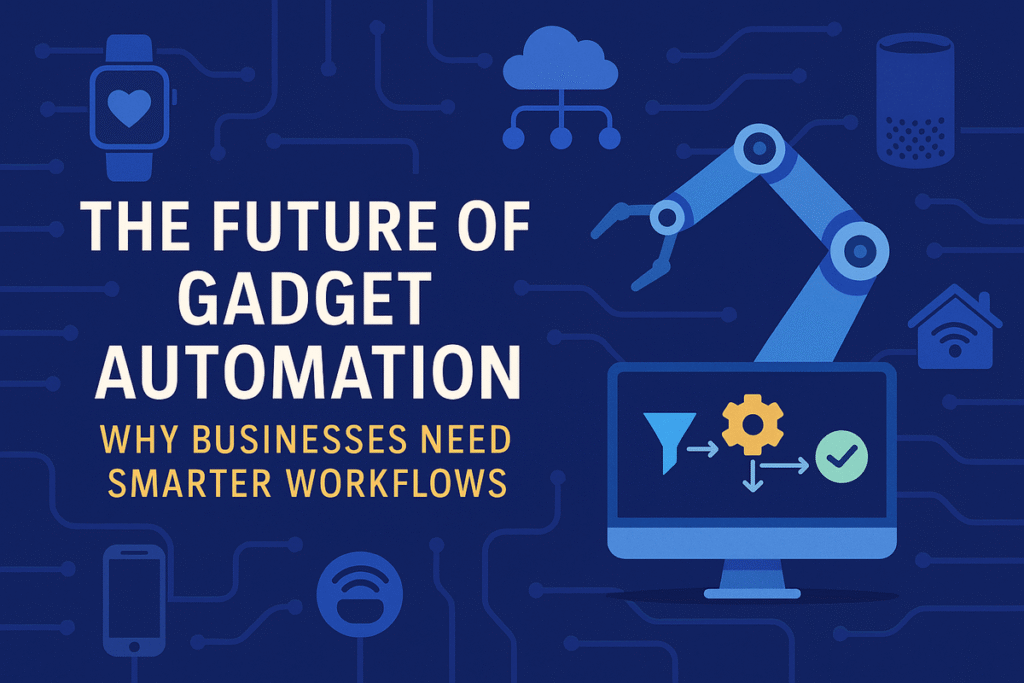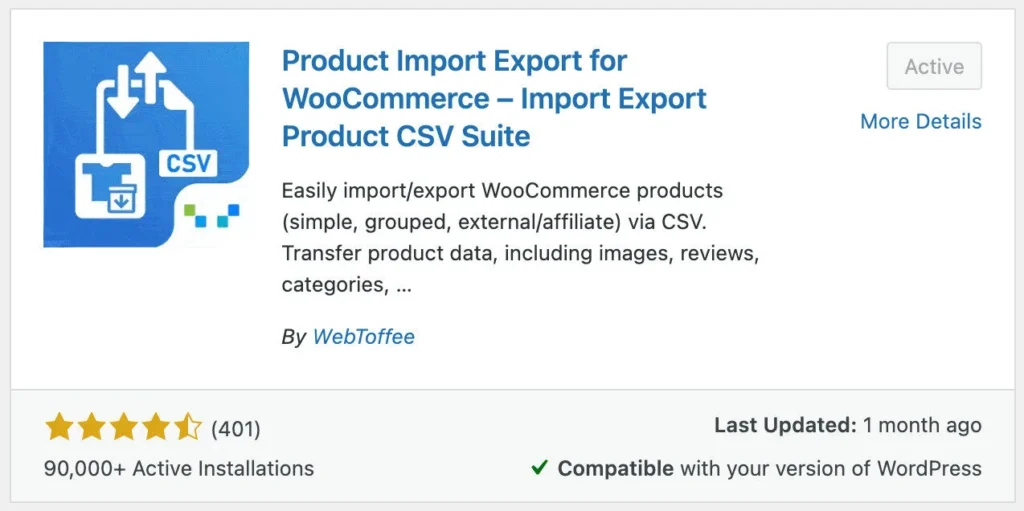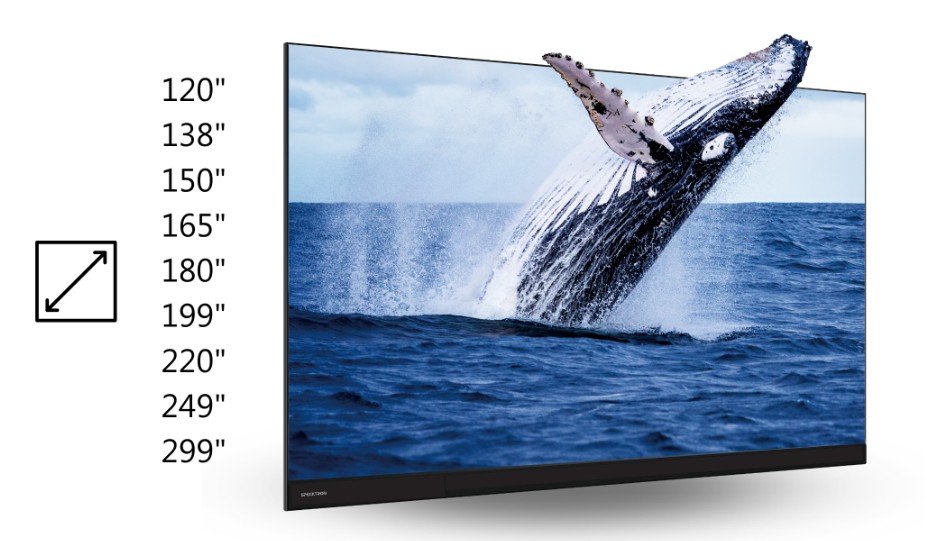
Your users will surely have the best experience when products and services become one and are offered on the same platform. You can ensure this in your design if you focus on the product-service hybrids.
Typically today’s world and the users alike do not need more products, as they have enough already. What are more importantly required are better solutions. However, when you think it in a different way, then this solution can itself be a product or a service, more commonly. In this modern world, it is more likely and required that the solution provided is a combination of the two. This combination of products and services is called a product-service hybrid.
- Take the example of the iPod and iTunes approach. This is perhaps the best example of complementary hybrids wherein users can use an iPod minus iTunes and vice-versa. This means that with such a hybrid approach Apple can easily treat these as isolated components of a product-service hybrid and at the same time are able to manage each of these individually.
- You can also consider the satellite radio service as another example. Here the purchaser is also required to purchase or subscribe thereafter to the radio package that works with that particular service. That means the satellite radio service will not be usable if you do not subscribe to the package and vice-versa.
In both these cases, it leads to a product-service hybrid. This is completely dependent on each of the elements separately and therefore it must be accomplished by managing as one single entity.
Types of product-service hybrid
There are a few common types of product-service hybrids as enumerated by the Harvard Business Review that are found in the market place today. These are:
- Flexible bundles: These are specific collections of products and services that are completely independent but will have a large value when they are combined. A good example of flexible bundles is Microsoft products and support.
- Peace-of-mind bundles: These are the best of the breed combination of products and services where in the market leading product is usually combined with the faceless service and vice-versa. This brings additional value to the products and services involved in this combination. These elements of the combination are more likely to be complementary instead of being dependent on each other.
- Multi-benefit bundles: This type of combinations provides big and multiple benefits to the customer being both complementary and dependent at the same time.
- One-stop bundles: These are unrelated products and services that are combined together in order to offer larger value to the customers. These products and services are generally focused on the convenience factor at the point of sale.
However, in most of the cases, it is seen that a UX design firm consider the product lifecycle of different products as an assumption of services that are already built in them such as recycling and reuse.
Developing a product-service hybrid
Now that you know about the types of hybrids, you must know how to develop a product-service hybrid. In order to make it successful at its launch, you will first need to overcome the hindrances to enter into a given market place. Therefore, you will have to look for a few factors that will make your entry much smoother and more effective. These factors are:
- Product commoditization: Consider how to bet you can tie your product to your service in order to reduce the commoditization.
- Problem complexity: It will be very hard for a competitor to enter the market if your hybrid solution can solve a complex issue easily and do it well.
- Service quality: Consider whether you can improve the quality of your service or streamline it, even more, to make it more effective and productive and add more value to your hybrid which will eventually add the most value to your users.
- Scalability: Your product-service hybrid should be scalable enough to meet with the demand of the market otherwise it will be very difficult for you to make an entery into the market place.
- Centralization: Consider to centralize or group together the person carrying out the service as that will ensure a higher level of productivity.
- Automation: Find out the best ways to automate some or all of the services that you wish to provide by creating an effective and productive software solution. This dynamic process will help you to reduce the costs of delivery of service and at the same time help you to maintain the high standards which in turn will provide you with a substantial market advantage.
- Profitability: Find out which part of the hybrid, the product or the service is the most effective to provide you with better opportunities and higher profits. Once done, find out whether or not you can reduce the costs of the one that offers fewer profits and opportunities so that you can drive higher market share in the greater opportunity area.
- Lifecycle: consider how often a customer will tend to replace the product or how often they will use your service. When you do find out whether or not it is possible for you to balance those in order to deliver an incessant flow of revenue.
Lastly but surely consider the appeal factor which is the most important one that will make your customer pay for the hybrid. Find out which is appealing the most, the product or the service and try to incorporate that what is most important and needed by your customers.
The advantages
There are a few other advantages of product-service hybrids. It offers an opportunity for:
- Increased margins when you sell two things instead of one
- Increased dependence on the brand
- Meeting all of the needs of a customer instead of some of them
- Improving user experience and
- Building a better relationship by providing more touchpoints to interact with the customer.
Even major companies such as Microsoft have hybrid models that involve upgrading, customer support and much more. This helps them to add surplus value and support that in turn enhances customer loyalty as well as dependency.






Leave a Reply